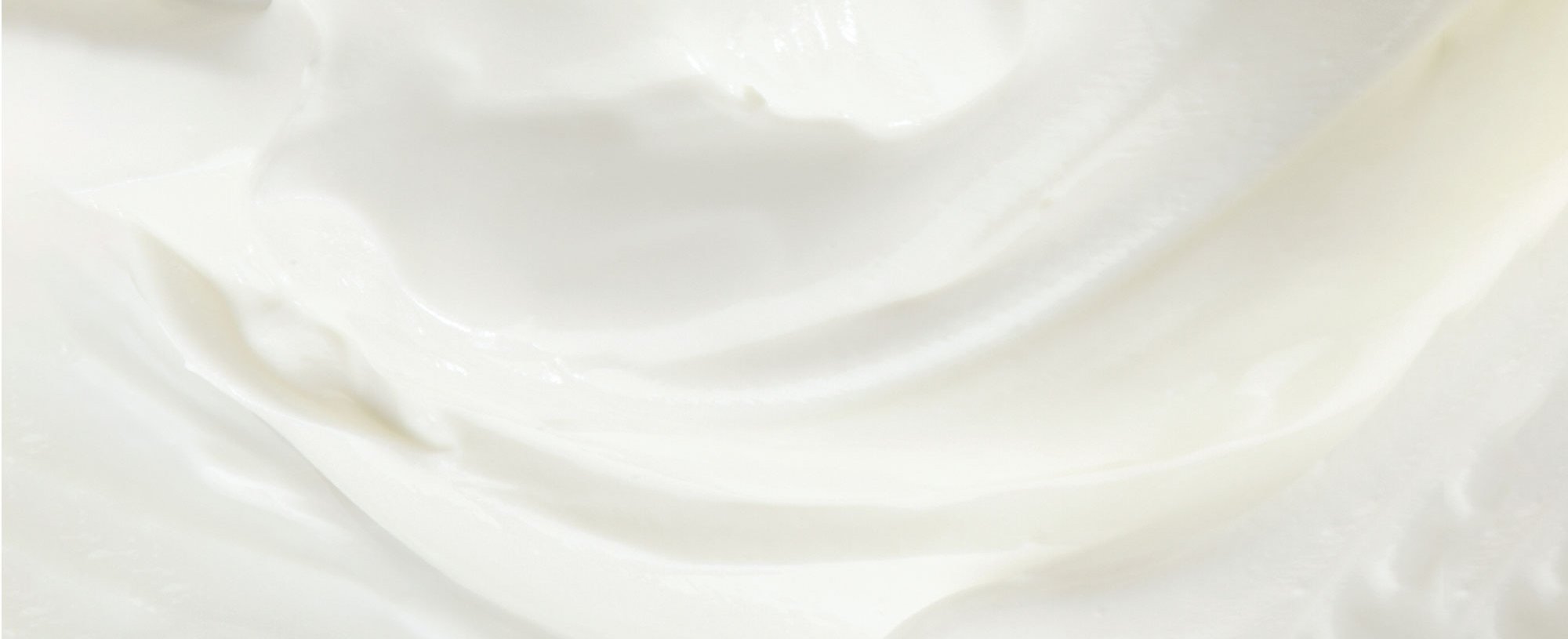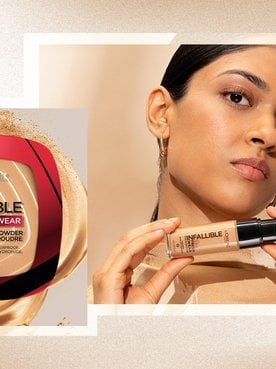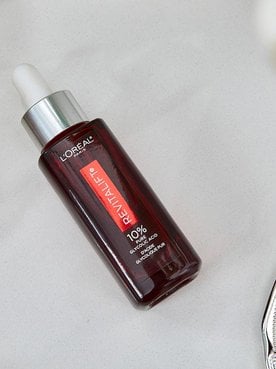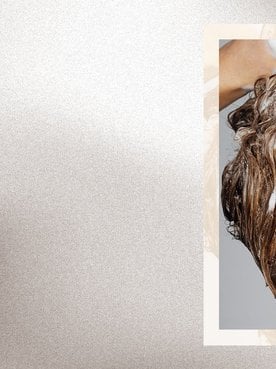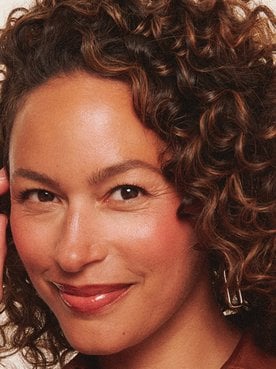By now, you hopefully know that it’s important to moisturize regardless of your skin type (yes, we said hopefully because, well, washing legs and daily showering – enough said). But do you ever consider if you’re following the right order of application for your nourishing skin care products? One question we hear a lot is should you apply facial oil before or after your moisturizer. If you’re wondering the same thing then you’ve come to the right place. Below, learn how to properly layer the two in your skin care routine, plus find answers to a few other common facial oil questions.
Moisturizer vs. Oil: Which Should Come First?
When it comes to skin care products, it’s always best to follow the directions of the product you’re using. With that said, there is a general rule about whether to apply oil before or after moisturizer — and it might not be what you think. Generally, you’ll want to apply oil as the last step in your routine. While this may seem to go against what you know about skin care layering — you want to apply products from thinnest to thickest—it doesn’t.
Oils often feel and seem thinner than face creams and lotions as they have liquid formulas, but they’re actually heavier than other products. Because oil is the heaviest — or most dense — product in your routine, it’s able to penetrate your moisturizer, allowing it to reach your skin, but the reverse isn’t true. If you want to really amp up the moisture, apply your oil after applying moisturizer onto damp skin. This will help the moisturizer absorb while your face oil seals and adds an extra layer of nourishment. Because moisturizers are part water and part oil, they help your skin retain moisture, whereas oils help lock it in.
Another option is to use a facial oil after moisturizing if you want to rock some no-makeup glam. Using a face oil as the final step of your routine allows you to pinpoint where you place it — meaning you can apply it to your cheekbones, tip of your nose, and cupid’s bow as a substitute for highlighter.
Beyond your skin care routine steps, it’s recommended to use face oil in both your morning and evening regimens for optimal moisturizing.
Can You Use Facial Oil In Place Of Moisturizer?
There’s a reason both facial moisturizer and face oil exist — they each have their own purposes in your routine. Not all facial oils are created equal; some are specifically formulated to provide intense moisture to dry skin, while others are formulated to tackle signs of aging. So, as tempted as you may be, it’s best not to eliminate one or the other from your regimen. If you want to knock out two steps in one when applying, you can opt to add a few drops of facial oil to your moisturizer instead.
3 Tips For Applying Facial Oil
There are a few helpful tips that can help you get the most out of your facial oil, and these go beyond applying it in the correct order. Here are three to take note of:
Tip 1. Don’t Rub It In
Unlike your moisturizer, you won’t want to rub or glide your facial oil over your skin. Instead, use your fingers and palms to pat the oil onto your complexion.
Tip 2. Use It As A Spot Treatment
While you’ll want to apply face oil morning and night, you can also use it as a spot treatment for dry, flaky patches of skin. Apply one throughout the day if any areas of your skin need a little extra moisture.
Tip 3. Follow The Less In More Rule
Face oils are known for being ultra-nourishing, which means a little goes a long way. You’ll only need a few drops to cover your entire face. You can always add more if you think you need to, but taking this approach will help you avoid a greasy face.
Next: Should You Be Using An Occlusive Moisturizer?
Edited by: Shalwah Evans, Photography: Chaunte Vaughn, Senior Art Director: Melissa San Vicente-Landestoy, Associate Creative Producer: Becca Solovay, Makeup Artist: Jonet Williamson, Hair Stylist: Akihisa Yamaguchi, Wardrobe Stylist: Adriana Perez-Bell, Digital Tech: Paul Yem, Model: Chelsea Vaughn
